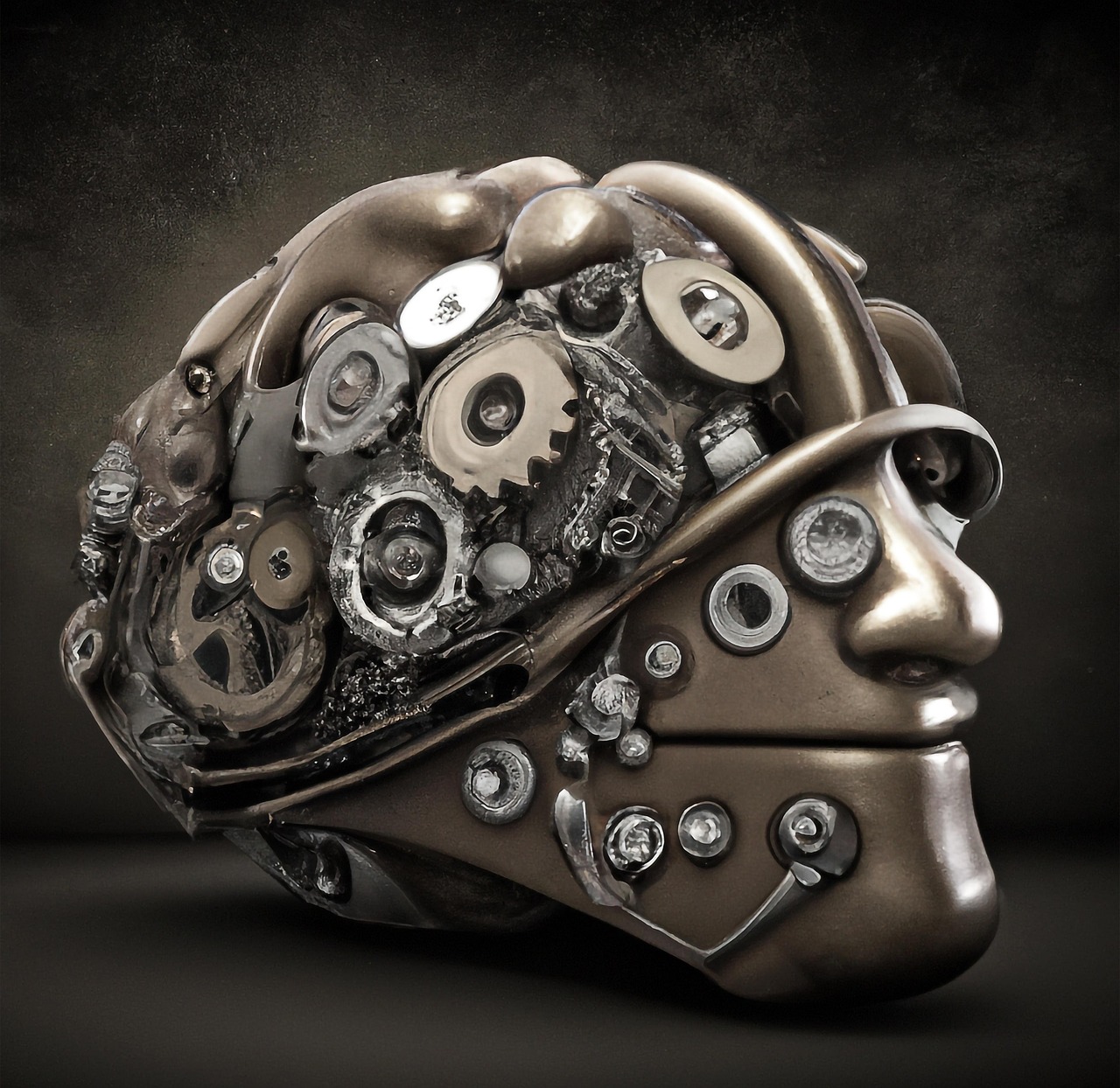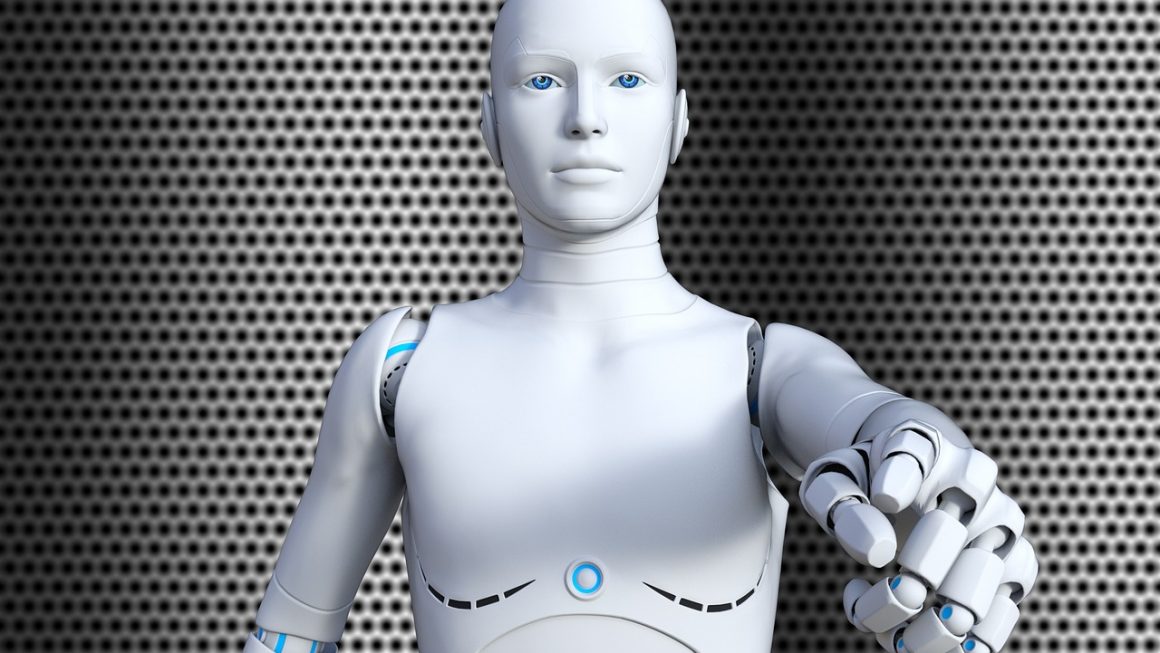The relentless march of artificial intelligence (AI) is transforming industries across the board, but behind the sophisticated algorithms and intelligent software lies a critical foundation: AI hardware. This specialized hardware is designed to accelerate AI workloads, making faster and more efficient computation a reality. From data centers to edge devices, understanding AI hardware is essential for anyone looking to leverage the power of AI. This article delves into the key aspects of AI hardware, exploring its types, applications, and future trends.
What is AI Hardware?
AI hardware refers to specialized computer hardware designed and optimized for accelerating artificial intelligence workloads, particularly machine learning (ML) and deep learning (DL). Unlike general-purpose processors (CPUs), AI hardware is architected to handle the computationally intensive tasks inherent in AI models, leading to significant performance improvements.
Why is Specialized Hardware Needed?
- Computational Intensity: AI algorithms, especially deep learning models, require massive parallel computations. CPUs, while versatile, struggle to efficiently handle these workloads.
- Performance Bottlenecks: CPUs often become bottlenecks, limiting the speed and scalability of AI applications.
- Energy Efficiency: Specialized AI hardware can perform the same tasks with significantly lower power consumption compared to CPUs.
- Reduced Latency: In applications like autonomous driving or real-time video analytics, low latency is crucial. AI hardware minimizes the time it takes to process data and make decisions.
Key Characteristics of AI Hardware
- Parallel Processing: AI hardware architectures prioritize parallel processing, allowing multiple computations to occur simultaneously.
- Memory Bandwidth: High memory bandwidth is essential for feeding data to the processing units quickly.
- Customization: Many AI hardware solutions are customizable or programmable to adapt to specific AI workloads.
- Low Precision Arithmetic: Many AI tasks can tolerate lower precision arithmetic (e.g., 16-bit or 8-bit), which reduces computational complexity and memory requirements.
Types of AI Hardware
The AI hardware landscape is diverse, with various architectures catering to different application requirements. Here are some of the most common types:
GPUs (Graphics Processing Units)
Originally designed for graphics rendering, GPUs have become a mainstay in AI training and inference due to their massive parallel processing capabilities.
- NVIDIA: NVIDIA’s GPUs, such as the A100 and H100, are widely used in data centers for training large language models and other complex AI tasks. They offer high performance and a mature software ecosystem (CUDA).
- AMD: AMD’s GPUs, like the MI250X, provide competitive performance and are gaining traction in the AI market.
- Example: A large language model like GPT-3 might be trained on a cluster of hundreds or thousands of NVIDIA A100 GPUs.
ASICs (Application-Specific Integrated Circuits)
ASICs are custom-designed chips tailored to specific AI algorithms or applications. They offer the highest performance and energy efficiency for targeted workloads.
- Google’s TPUs (Tensor Processing Units): Designed specifically for TensorFlow, Google’s TPUs are used extensively in Google’s own AI services and are available through Google Cloud.
- Amazon’s Inferentia and Trainium: Amazon’s chips are designed for AI inference and training, respectively, and are offered through AWS.
- Tesla’s Dojo: Tesla is developing its Dojo supercomputer and custom ASICs for autonomous driving applications.
- Example: Google uses TPUs to power its search engine and other AI-driven services. Amazon uses Inferentia to provide cost-effective AI inference services.
FPGAs (Field-Programmable Gate Arrays)
FPGAs are reconfigurable hardware devices that can be programmed to implement custom AI accelerators. They offer a balance between flexibility and performance.
- Xilinx: Xilinx FPGAs are used in various AI applications, including edge computing and embedded systems.
- Intel: Intel offers FPGAs, such as the Agilex series, that can be used to accelerate AI workloads.
- Example: An FPGA could be used to accelerate image processing algorithms in a smart camera.
Neuromorphic Computing
Neuromorphic computing aims to mimic the structure and function of the human brain, offering potential for energy-efficient and highly parallel computation.
- Intel’s Loihi: Intel’s Loihi is a neuromorphic chip designed for spiking neural networks.
- IBM’s TrueNorth: IBM’s TrueNorth is another neuromorphic chip that has been used in various AI applications.
- Example: Neuromorphic computing could be used to build energy-efficient robots or AI systems that can learn continuously.
Applications of AI Hardware
AI hardware is enabling a wide range of applications across various industries.
Cloud Computing
- AI-as-a-Service: Cloud providers use specialized AI hardware to offer AI services, such as image recognition, natural language processing, and machine learning.
- Scalable Training: Businesses can leverage cloud-based AI hardware to train large AI models without investing in expensive infrastructure.
- Example: Amazon SageMaker, Google Cloud AI Platform, and Microsoft Azure Machine Learning all rely on AI hardware to provide their services.
Autonomous Vehicles
- Real-time Processing: AI hardware enables autonomous vehicles to process sensor data (cameras, lidar, radar) in real-time and make driving decisions.
- Object Detection and Tracking: AI algorithms powered by specialized hardware can detect and track objects, such as pedestrians, vehicles, and traffic signs.
- Example: Tesla’s self-driving system relies on custom AI hardware to process data from its onboard sensors.
Healthcare
- Medical Imaging: AI hardware accelerates the analysis of medical images (X-rays, MRIs, CT scans) to detect diseases and abnormalities.
- Drug Discovery: AI algorithms can be used to identify potential drug candidates, and AI hardware can accelerate the screening process.
- Personalized Medicine: AI can analyze patient data to personalize treatment plans, and AI hardware can accelerate the development of these personalized models.
Edge Computing
- IoT Devices: AI hardware enables IoT devices to perform AI tasks locally, without relying on cloud connectivity.
- Smart Cameras: Smart cameras can use AI to detect and track objects, recognize faces, and perform other tasks.
- Industrial Automation: AI hardware can be used to optimize manufacturing processes and improve quality control.
- Example: A smart city might use edge AI devices to monitor traffic patterns and optimize traffic flow.
Future Trends in AI Hardware
The field of AI hardware is rapidly evolving, with new architectures and technologies emerging all the time.
Domain-Specific Architectures
- Focus on Specific AI Tasks: Future AI hardware will likely be more specialized, with architectures tailored to specific AI tasks, such as natural language processing or computer vision.
- Example: A chip designed specifically for transformer models could achieve significantly higher performance than a general-purpose AI accelerator.
Near-Memory Computing
- Reducing Data Movement: Near-memory computing places processing units closer to memory, reducing the energy consumption and latency associated with data movement.
- Example: Integrating memory and processing units on the same chip can significantly improve performance for memory-bound AI workloads.
Analog Computing
- Using Physical Properties: Analog computing uses physical properties of materials to perform computations, offering potential for energy-efficient AI.
- Example: Resistive RAM (ReRAM) devices can be used to perform matrix multiplication in an analog fashion.
Quantum Computing
- Exploring Quantum Algorithms: Quantum computing is a fundamentally different approach to computation that could potentially solve some AI problems that are intractable for classical computers.
- Example: Quantum machine learning algorithms could be used to train more powerful AI models. (Note: Quantum computing for AI is still in early stages.)
Conclusion
AI hardware is the backbone of modern artificial intelligence, enabling the development and deployment of increasingly sophisticated AI applications. From GPUs to ASICs to emerging technologies like neuromorphic computing, the field is constantly evolving. Understanding the different types of AI hardware, their applications, and future trends is crucial for anyone looking to leverage the power of AI in their own work. As AI continues to advance, specialized hardware will play an even more critical role in unlocking its full potential.




